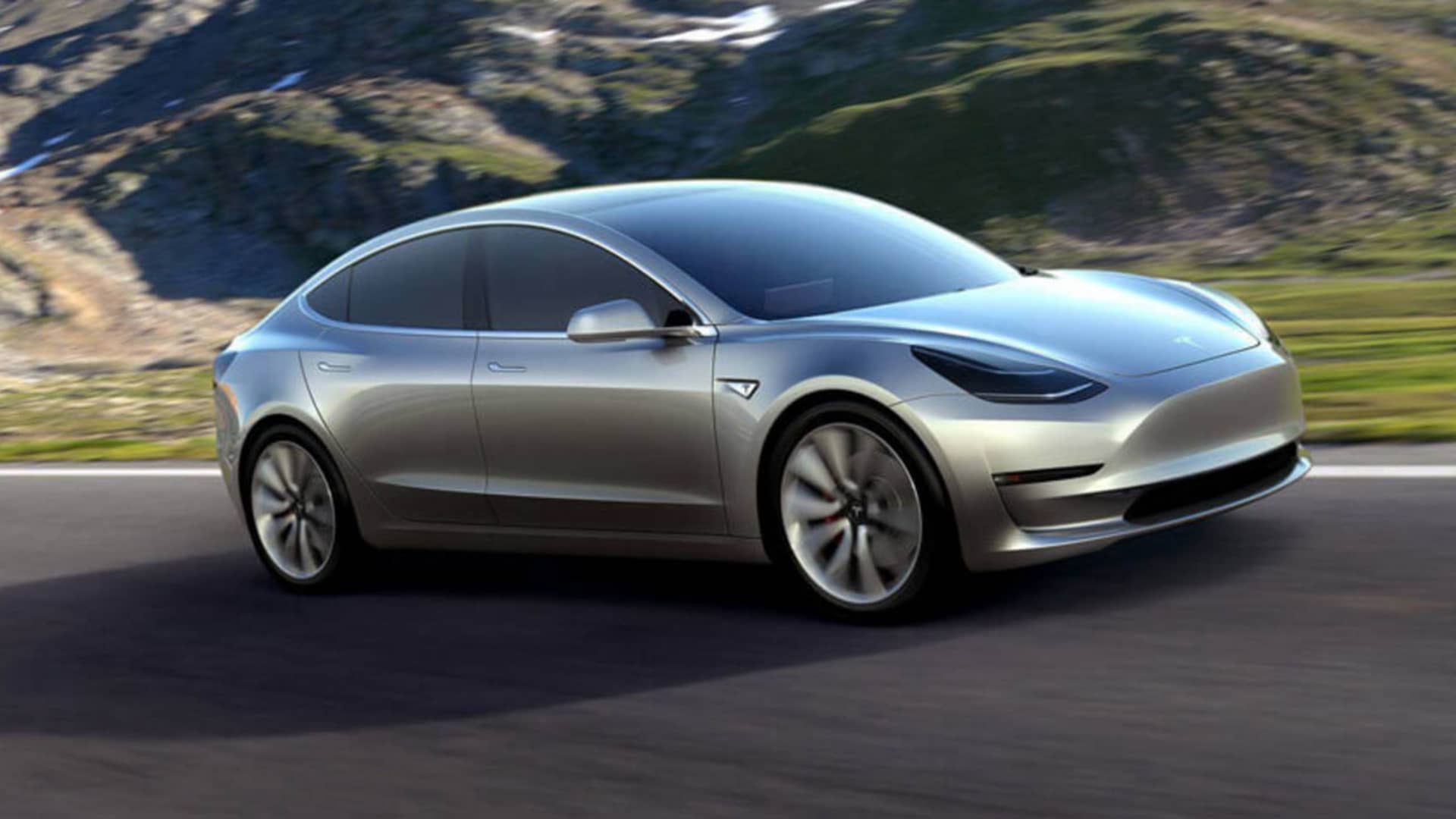I just watched this video. I think it has some insights on the supposed 34" limit to object detection. From the test it clearly recognizes the dog (which is around 24" tall) and also recognizes the person on his knees (although it still visualizes as a full adult) until basically he curled up into a ball (and perhaps camera lost sight of him). So that pretty much disproves any hard 34" limit to object detection.
There are some things I noticed, which is that for the smaller objects the car does seem to like to drive around (so maybe the cones play a big role for this reason), while for full adults, it seems to come to a complete stop and ask the driver to press accelerator to confirm before proceeding.
The other thing is that if the car approaches right up to the dog, it proceeds after seemingly "forgetting" there is one when the camera loses sight of it. From previous presentations on how persistence works, this kind of makes sense as there is limited buffer. FSD also marks objects darker when it is tracking them actively, but it is unknown how long this tracking persists once the camera loses direct sight and how many objects it can track at a time.
Not sure how to fix this issue of losing track of a low object (without additional hardware like a low parking camera). One way is when there is a low object, try to stop in a way to keep it in view. But if low object moves closer to car (or car overshoots when stopping), it can still lose track, so it's not a perfect solution.
Other way is when detecting a low object moving into front of car, always warn and ask driver to confirm before proceeding. If done in an automated way (without confirmation), basically assume the object is still in front, and don't move until the object comes back into view of camera. However, this does come with challenges of how to recognize if the object is the same one that was lost track of, and also other corner cases (like object getting in front while mostly in the blind spot the whole time). If there are multiple objects that would complicate things further.
Hardware-wise, a parking camera would seem to be a fairly straightforward way to address this though and eliminate that front blindspot.



